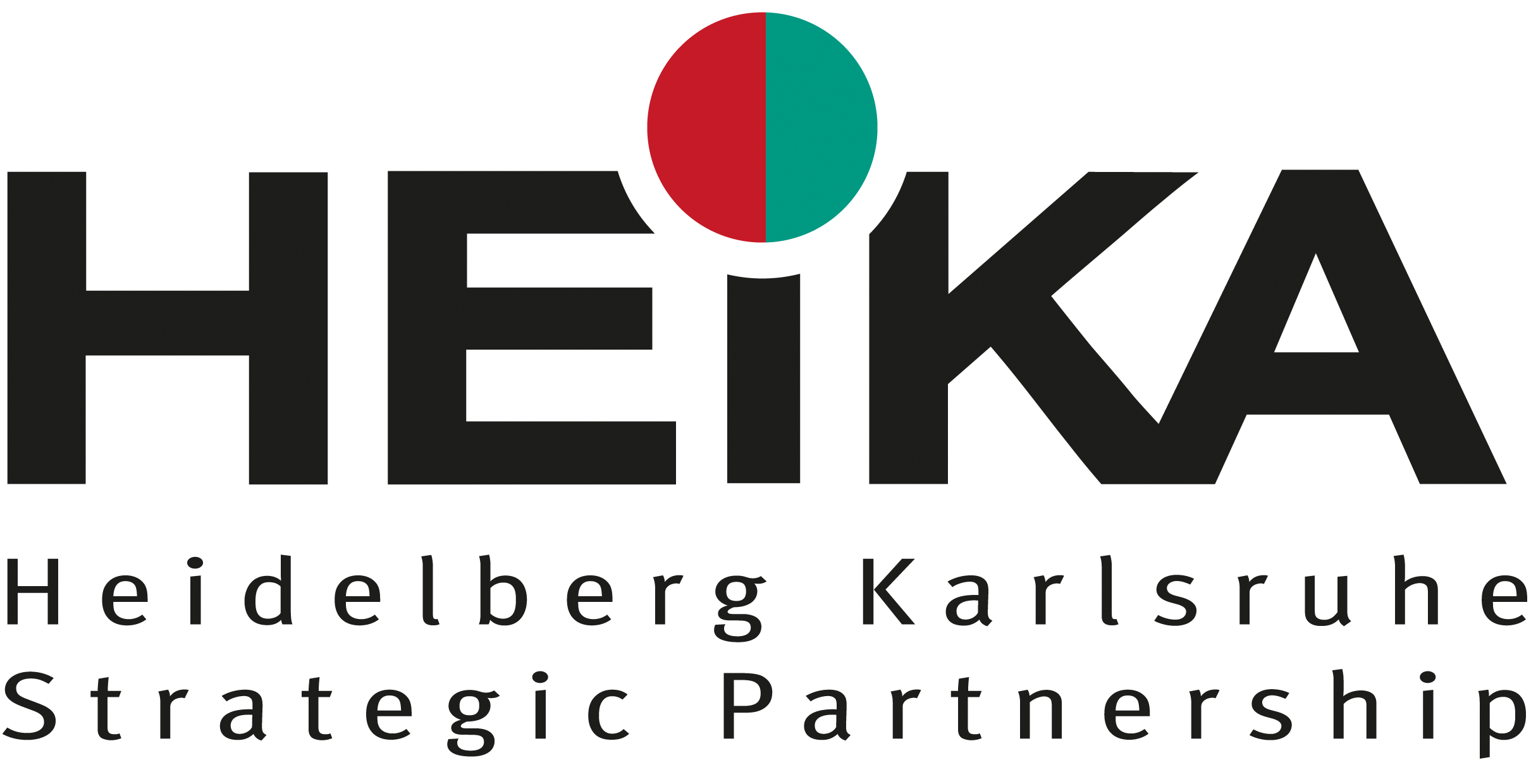Movement is an important aspect of our life enabling us to interact with the world. To control movements, the central nervous system has to coordinate a complex motor system. In this proposal, we focus on the investigation of arm movements. These movements are highly relevant for everyday life (e.g. handling objects) but demonstrate also many aspects which make human motor control hard to decode (e.g. many degrees of freedom). Besides motor control, motor learning is an important feature of the motor system. As humans are not proficient in performing all possible tasks and its variations by birth, the motor system must be capable of learning new skills as well as adapting existing skills to changes in conditions. Yet, it remains puzzling how the motor system manages the motor control and learning processes. Research suggests that humans use different strategies to control movements: impedance control strategy (increasing arm stiffness) to constrain the degrees of freedom and ensure task goal achievement and predictive control strategy to minimize costs with respect to the expected task conditions. Likely, both strategies are used in hybrid fashion but their interplay is unknown. The aim of this proposal is to work on how these strategies interact with each other and how this interaction evolves during learning. For this purpose, we performed a sensorimotor experiment a using robotic devices to analyze human arm movements under different environmental conditions. In addition, we have developed a biomechanical arm model driven by torques or muscle toque generators at the joints. Using optimal control approaches we evaluate different optimal feedback controllers accounting for the two above mentioned strategies and compare them to the recorded motion. Ultimately, this approach will lead to a deeper understanding of the control strategies used for motions in neutral, stable and unstable force field. A deeper understanding of these processes is an important prerequisite in order to design safer workplaces, better tools, prostheses and robots as well as more effective training schedules in such settings as sports, and rehabilitation.
Research bridges
Interdisciplinary Center for Scientific Computing
University of Heidelberg

